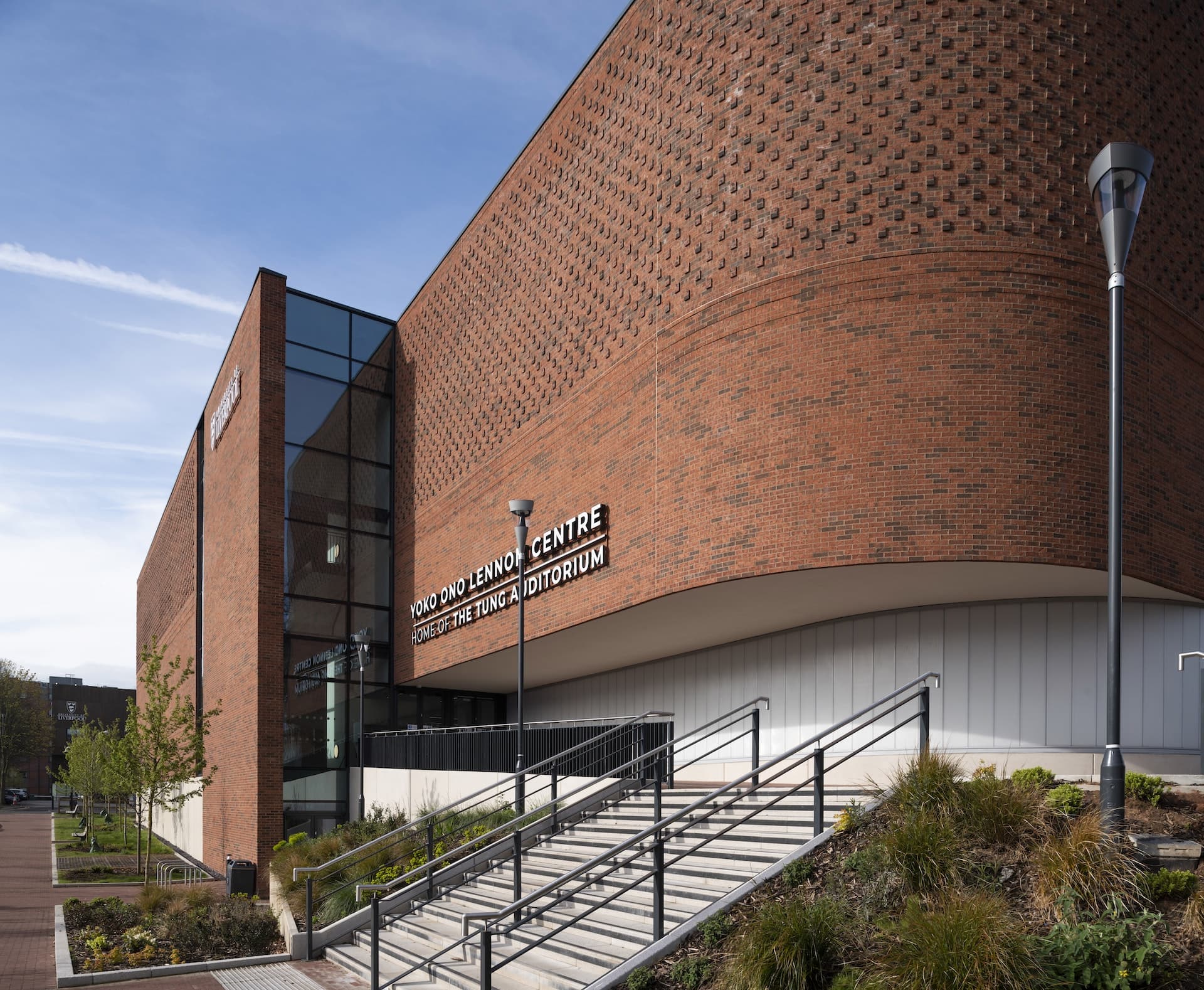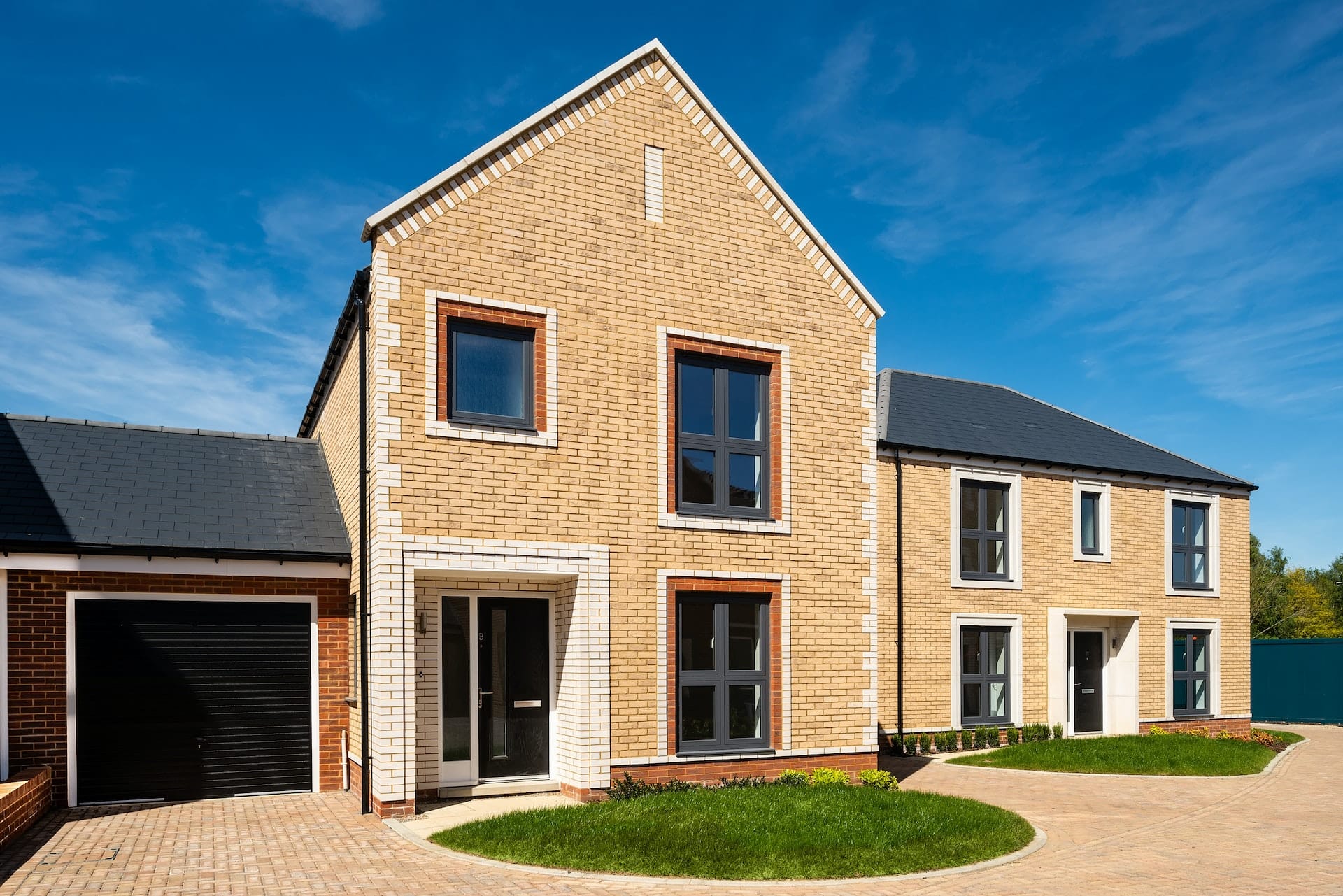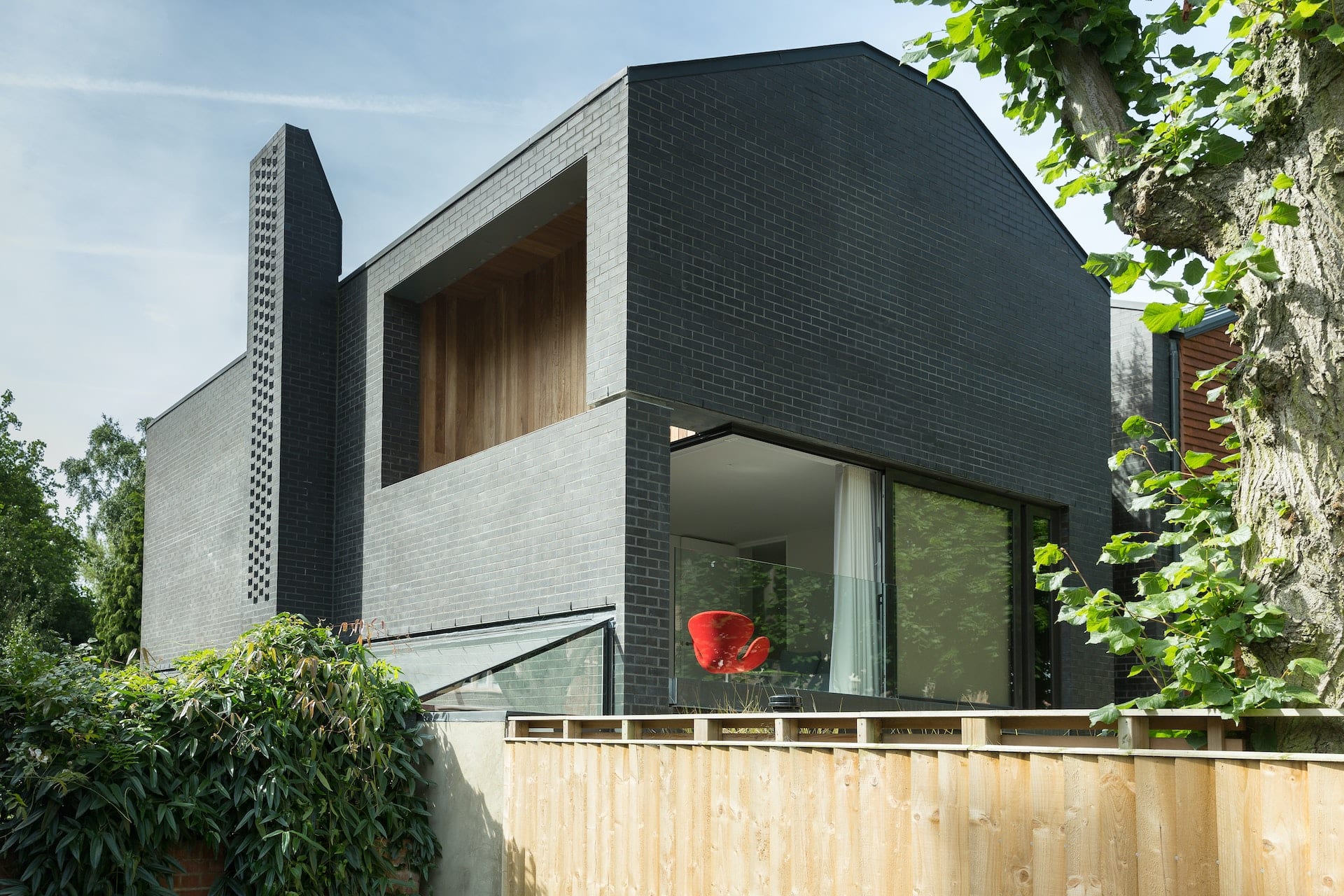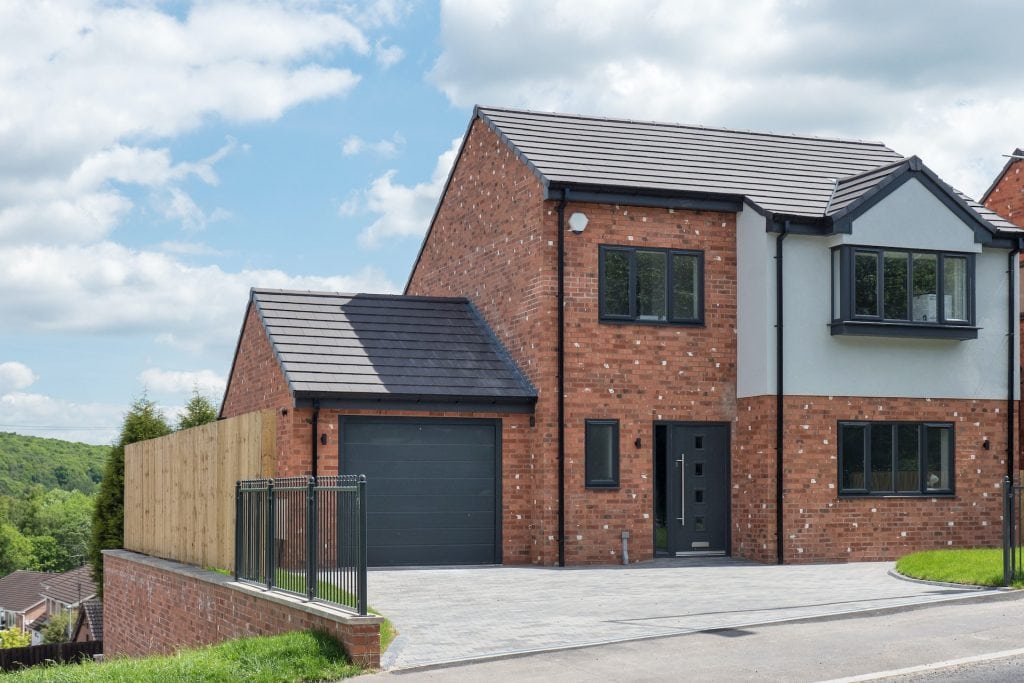Make Your Building Stand Out – A Guide to Brick Specification
Different brick and mortar combinations can make a design statement that helps your property development fly off your books and sell for a higher price. We get architect Billy Mavropoulos from Bureau de Change to give us some advice on how to make the right choices for your next development in this the first of two blogs.
In this first blog we will take a look at brick selection and how different colours and textures all add to the visual identity of your building. In the second blog we will mix it up to explore how different bond patterns and mortar can all add that extra wow factor.
One problem faced by many developers is the sheer number of different coloured and textured bricks available to them. At Forterra for example there are over 150 different clay bricks to choose from all of which vary in colour and texture. Faced with so much choice it’s not surprising that many developers opt for what they know and steer clear of change.
Let’s begin by exploring how the colour and texture of a brick can affect the aesthetics of your development.
Brick colour
There are many different colours of brick available which are determined by the clay, the type of sand and mineral pigments used to cover the surface and the kiln atmosphere.
This can create a diverse range of colours all of which you can use to create different visual effects. Your choice may need to match the surrounding buildings in your area or you might have a bit more freedom to make your buildings stand out from the crowd.
Red
Red bricks are a natural choice for many developments offering a warm and traditional feel full of character. When we think of red brick, we often look to traditional Victorian type properties but the range of different colours and textures available can also offer options for a more modern look.

Yellow
Yellow bricks offer a warm feeling with their golden tones. They are a great choice for both contemporary and traditional projects.
Buff bricks
For a warm and more subtle look, buff-coloured bricks provide a mellow finish for both traditional and contemporary buildings. Used with a contrasting mortar they can create a real design statement – but more on that in our second blog.

Grey
If you really want your building to stand out then consider a grey brick. Designers often use them to achieve a classic design with a cool and contemporary feel.
Darker shades
But talking about bold If you are feeling daring and want to make a dramatic design statement, perhaps for a modern contemporary home, then consider using a dark brick. From black to dark blue or dark brown this will certainly make you stand out from the crowd.

Add a bit of texture
Colour is just one part of the specification; the texture of your chosen brick can be just as important.
Texture influences the way that light reflects off the brick surface to create highlight and shade which can really alter your perception of the final colour of the façade. Taking Forterra’s range there are seven main textures types all available in a wide variety of colours.

Smooth
Smooth bricks are wire cut to offer a consistent and uniform character. Used with light coloured clean mortar lines it can provide a contemporary feel.
Sandfaced
Sandfaced bricks are created by applying a sanded coating to an extruded column of clay prior to firing. The adhered sand adds a light texture to the brick face. These subtle irregularities within the surface, when paired with traditional colours such as red, can offer more complexity through depth and richness.
Textured
This is a wirecut brick that has a uniform texture created using a variety of rollers or blades. These can vary from dragfaced, small indentations and irregular prints through to heavy distress rustications. After applying the texture, the column of clay is wire cut.
You can use textured bricks to blend and respond to older surrounding architecture. Light coloured bricks such as yellow and buff bricks can further enhance the variations of these textures as it catches, reflects, and interacts with light.
Tumbled
Tumbled bricks are distressed and irregular in shape. They offer a cost-effective way of achieving the old-world charm and aesthetics associated with reclaimed bricks. These imperfections are perfect for restoration and renovation projects, with its unique and natural looking patina blending in with its surrounding context.
Stock Pressed, Stock Thrown and Waterstruck.
Manufactured using soft mud (clay containing a high percentage of water) that is pressed or thrown into sanded mould boxes. Stock pressed bricks have a smooth sand faced finish, while stock thrown is a more traditional looking brick, slightly irregular in shape with a creased texture that replicates the appearance of handmade bricks. When paired with typical brick colours such as red, yellow, and buff, stock thrown bricks can offer a historically accurate look and feel to the fabric of a building.
A waterstruck brick has relatively smooth texture where water instead of sand is used to release the brick from its mould.
There is nothing better than a brick house. The huge number of brick colours and textures available allow you to achieve anything from contextual and historically accurate appearances to the individuality of contemporary and modern designs. And the brick specification is just part of the story, when you add in different mortars and brick bond patterns then you can take your design to another level – but that’s the subject of our second blog in this series.
Billy Mavropoulos is a founder of Bureau de Change, an award winning architectural practice. Before this he studied at the Royal College of Art and trained at Foster + partners. In 2010 he featured in Wallpaper magazine’s next generation issue as a designer who will change the face of design within the next 30 years.
A Guide to Brick Specification
This blog is based upon the content from our CPD seminar on material specification. To demonstrate your understanding complete the following questions to receive your certificate.
Note our CPD on material specification covers the essentials in specific material properties of bricks and blocks, the different types of brick manufactured in the UK and the textures and finishes available. It also deals with best practice in design detailing and technical issues such as placement of movement joints. To sign up for this CPD click here.
